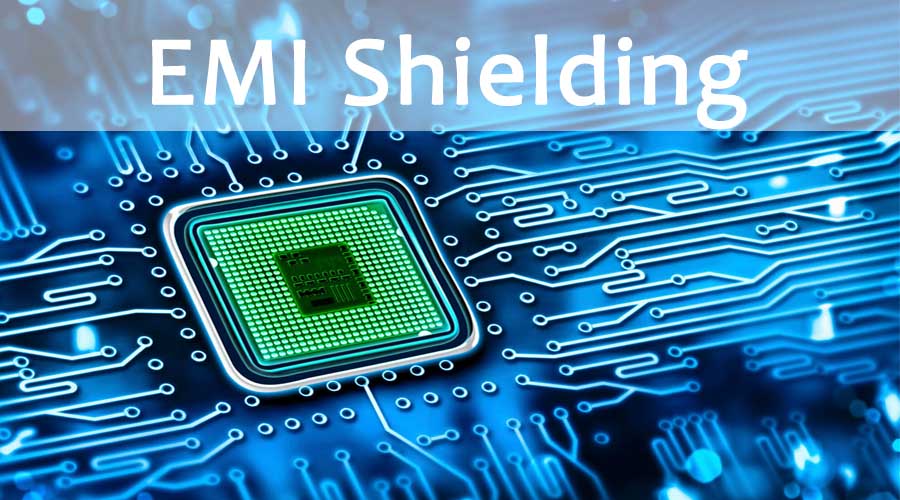EMI Shielding
Instruction
EMI shielding, also known as radiation shielding, is designed to protect vulnerable devices and equipment from EMI and RFI. It forms an EMI shield or barrier around components so that they do not absorb external EMI or emit their own EMI to the detriment of others.
Any industry that uses modern communications equipment has EMI shielding applications. Some of the most prominent examples include: consumer electronics, communications, aerospace, automotive, medicine and healthcare, and military and defense.
Whether we realize it or not, EMI and RFI shielding products are part of our everyday lives. For example, cable wires use simple metal casings as shields. Both CPUs and circuit boards use EMI coatings or EMI enclosures to limit the interaction between the electromagnetic fields (EMFs) they each generate. (Therefore, EMI/RF shielding can also be called EMF shielding.) CPUs include but are not limited to desktop computers, laptops, tablets, etc. Additionally, all cell phones emit RFIs that must be blocked.
Conductive cloth, also known as metallized cloth, is not cloth in the traditional sense. Rather, it is a type of shielding made of a fabric substrate (eg nylon, polyester) with metal or metal alone. It also sometimes has an elastomer core that helps it compress and increase its deflection range. The conductive material can be knitted, woven or nonwoven. A common example of conductive fabric is knitted wire mesh. The applications of conductive fabrics are very diverse. For example, it can be hung on a protective tapestry throughout the room or cut to use as a gasket element.

